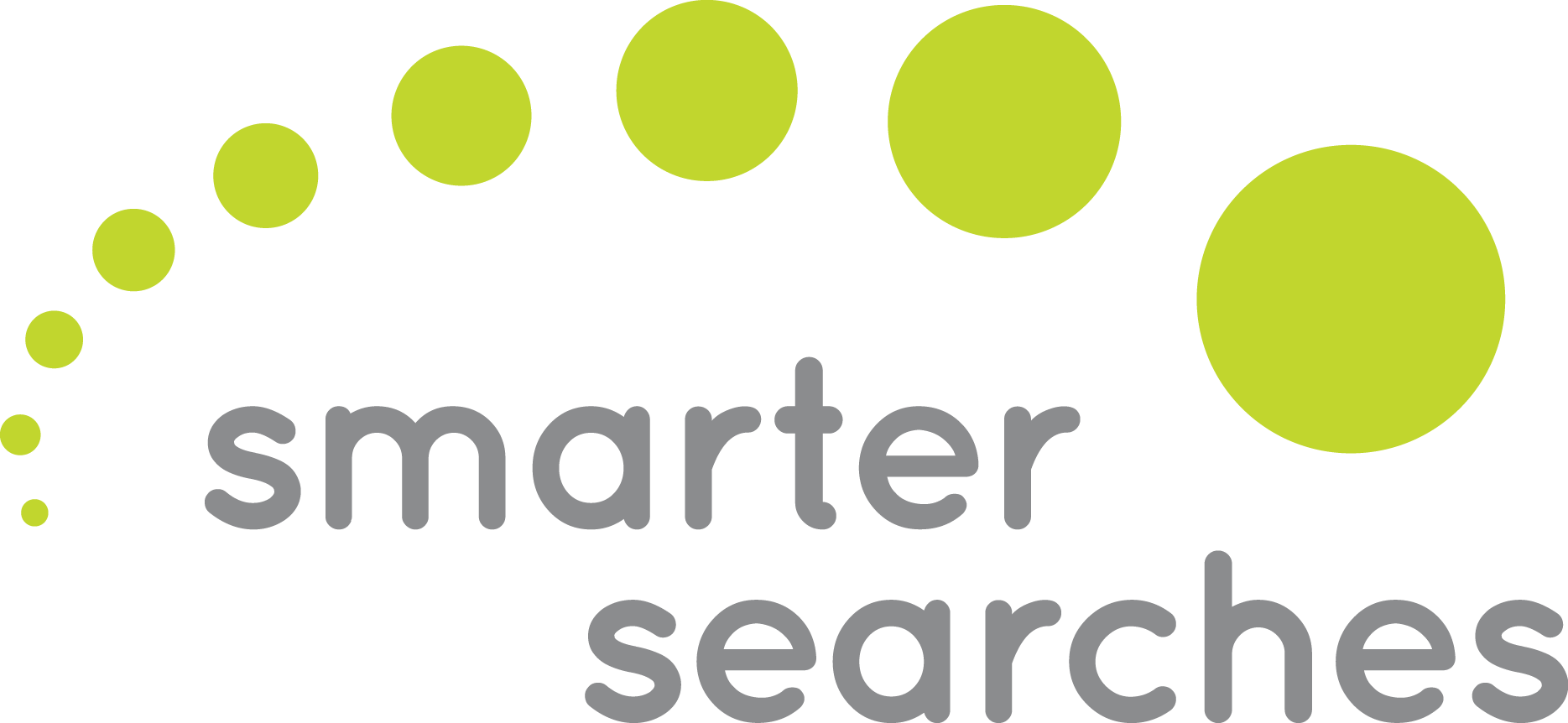Recently, one of our medical clients came to us with a request. They wanted to know how their performance has been from paid and organic sources over the last few years. Since they’re in healthcare, we’ve seen some pretty substantial changes over time. COVID has made people more aware of their health, more concerned about their health, and more likely to need or want to go to urgent care. So naturally, as the pandemic has evolved, we’ve had questions about their growth sustainability. So I did a bit of digging.
When it comes to Google Ads performance, we typically look at several metrics. However, you can’t just focus on one in particular because we have to optimize for multiple metrics to ensure quantity and quality improves.
- Cost per click should trend down over time. Downward trends in CPC indicate that even though more people have entered the market and prices have risen over time, you’re still performing well and continuing to improve. It isn’t always possible, particularly in industries that have become substantially more popular in paid advertising, but that’s an important goal.
- The click-through rate should trend upward. As you add negative keywords, optimize ad copy, and focus on optimization and eliminating erroneous clicks, you should see improvements in the overall click-through rate. Other factors can weigh into this (such as whether you’re aggregating both search and display campaigns or keeping them separate), but in general terms, this is the goal.
- The conversion rate should also trend upward. We want to see more conversions, and we want to see them occurring at a higher rate.
- We also like to compare the CPC, CTR, and conversion rate for that industry at the national level. That can be a great way to gauge how our performance compares nationally to other brands and similar companies.
When I went to look at the actual numbers, I saw a vast difference between pre-COVID performance, peak COVID, and now.
- In 2019, we had an average CPC of $1.34, an average CTR of 1.37%, and a 2-3% conversion rate.
- In 2020, the average CPC fell to under $1, but CTR exploded to more than 15%, and the conversion rate grew to an average of 18%.
- In 2021, we saw some softening of those numbers, but not to the extent we feared. Average CPC leveled off at $1.29, CTR at just under 14%, and conversion rate around 15%.
- For comparison sake, we then looked at the national averages for the healthcare industry, courtesy of Wordstream. The average CPC for healthcare is $2.62, meaning our average in 2021 was more than 50% lower than the average. The average CTR is 3.27%, which is more than 325% higher. And the conversion rate averages 3.36% nationally, so our numbers around 15% still dominate.
If you fail to step back and look at numbers like that, it can be easy to get complacent or forget how impressive those numbers are. Yes, there was some leveling off in 2021, and that’s the kind of thing that would miss if you only look at month-over-month or year-over-year numbers. Sometimes you need to look at a larger picture, look at global trends, and evaluate on a much larger scale.
But let’s not forget about organic traffic. When we’re looking at organic traffic, we look at different metrics. In this case, we want to look at metrics that quantify both volume and traffic quality. When talking about volume, we want to see increases in sessions and users from organic sources. For quality metrics, we want to see increases in session duration (time on site), pages per session (the number of pages viewed during an average session), and an improvement in bounce rate. In this case, we want to see a reduction in bounce rate.
- In this case, we saw the number of organic sessions in a year go from 120,000 in 2019 to more than 630,000 in 2021. In addition, users grew from 82,000 to almost 420,000. This growth is massive, and a great reflection of our team’s hard work optimizing their site.
- We saw much of the same result we saw in the paid traffic in terms of quality metrics. In 2019, the session duration was 1:17, and pages per session averaged 1.95. In 2020, the pandemic led to a session duration more than double to 2:49, and pages per session increased to 2.69. Again, it’s essential to consider why these things might have changed. COVID protocols, questions about insurance, and questions about the availability of COVID testing and vaccines led people to spend more time on the site and look at more pages.
- In 2021, we saw those numbers level off slightly, but the improvement was lasting. Session duration was 2:15, and pages per session were 2.47.
- The bounce rate improved from 64% in 2019 to 51% by 2021, bringing it to a more average level that falls within acceptable levels.
Our big takeaways were that our long-term growth has been sustainable and incredibly impressive as we’ve moved through the pandemic. Growth has not stopped; progress has not halted as we have entered year two of COVID. Metrics from 2022 have already been strong, and we’re excited to keep seeing this growth in the years to come.



